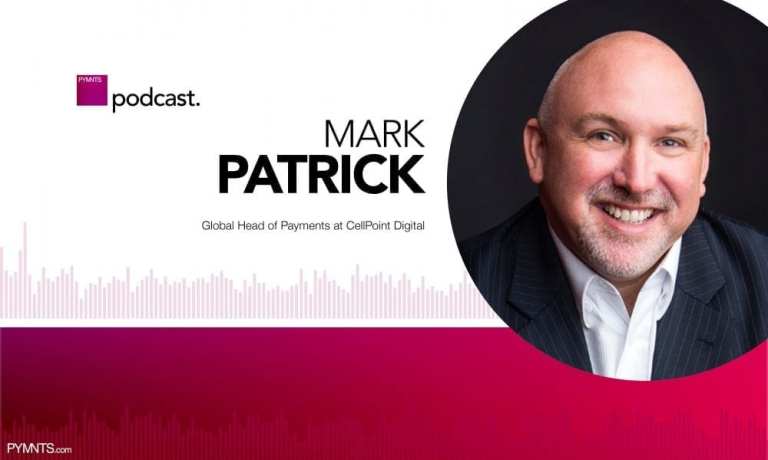
The last year has seen eCommerce take off in an explosive way across verticals as the entire world has woken up to its many merits. Those who had been holdouts before are finally coming around. It’s a change, CellPoint Digital’s Global Head Of Payments Mark Patrick told PYMNTS in a recent discussion, that isn’t going to go back any time soon. And that explosion of growth, he noted, has created both massive opportunities for merchants in all verticals to do business globally — as well as a massive challenge in finding ways to capitalize on that opportunity.
Because historically, in a market like the U.S, online payments have a simple solution, credit and debit cards. Branch out into global markets, he noted, and one encounters regions where some 80 percent of the population is unbanked, card products are rarely used and accepting payments online is a whole lot more complex.
“And on top of that there’s a number of new payment methods. It feels like there’s almost a new payment method each week really designed to cater to a broader consumer base,” Patrick said. “That’s a huge consumer opportunity to get the right payment methods, or get digital payment methods, into the hands of consumers.”
A huge opportunity, he noted, that payments orchestration is designed to help those merchants capture, by making sure the relevant method is on tap, and ready to go so that merchants anywhere, in any vertical, can transact whenever and however with their customers, without being burdened by additional integrations.
Flexibility Is The Key
Most businesses, Patrick noted, are not payments firms. It’s not the core service they provide or are interested in providing. Payments are just a means to an end that are necessary to complete a transaction.
The most powerful piece of payments optimization, he noted, is the ability to leverage it to build the most appropriate payment strategy, which means having the flexibility to work with multiple providers, even within the same market. Traditional PSPs, he noted, tend to tie users to a single service provider and whatever offering it had on hand. That causes a big problem as businesses want the flexibility to change strategies to react to the market’s needs as it changes and evolves in real time.
“If you’re working with a single provider for all of your services, then you really have limited flexibility. If your service provider is not delivering, or if there’s a change in their service offering, it really becomes a fairly major undertaking for a customer to go out, find a new provider, do the integration and start over,” Patrick explained.
On the other hand, orchestration is designed to offer merchants a single integration into the payments infrastructure that they might need over time. If they need to change their strategy, all they have to do is identify the party that they want to work with within that existing orchestration ecosystem.
No-fuss, no muss, no set of heavy integration lifts or extra tie-ins in order to add functionality like buy now, pay later (BNPL) or to accept cryptocurrencies. The magic of orchestration, he noted, is that it puts all the connectivity tools directly into the merchants’ hands, ready for use in “relatively short order.”
The Widening World
CellPoint got its start with orchestration for airlines and travel players — and has been part of their businesses for more than a decade. Before CellPoint, Patrick noted, it was something built in-house (and as of the 2000s, was something that had begun to be overwhelmed).
But the world has changed, he noted, from a need that was once semi-unique to airlines, global travelers and a handful of large-scale enterprise firms to what now has become a common need across a host of verticals — all adjusting to a digitizing world. No matter what they sell, he noted, merchants want to be able to sell more of it.
“They want to enter new markets, they want to grow, they want to expand. They want to accept as many payment products as possible to attract the largest consumer base. I don’t think that changes by vertical. I think that’s a common goal of all online sellers.”